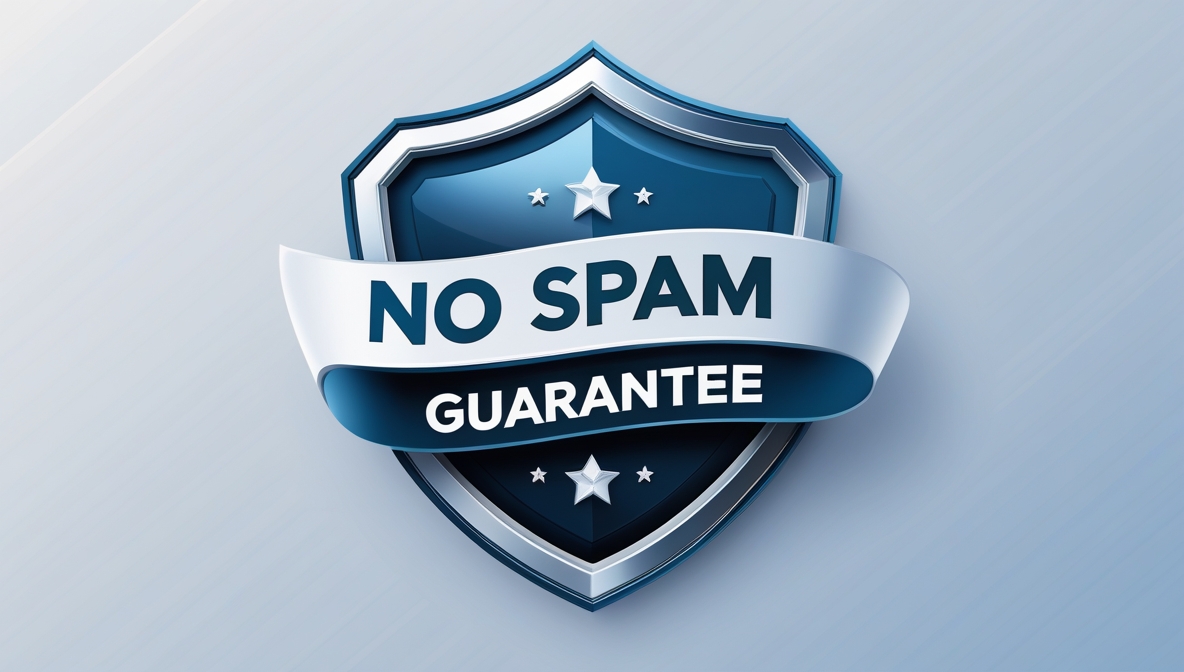This case-style analysis on IT governance explores how organizations can integrate multiple IT frameworks—like ITIL, COBIT, and ISO—into a cohesive, business-aligned model. Designed for CIOs, this guide demystifies the complexity of framework overload and presents a practical, field-tested roadmap to achieve governance harmony.
Implementing multiple IT governance frameworks—such as ITIL, COBIT, ISO 27001, and others—is no longer optional for modern IT organizations. With increasing regulatory demands, growing operational complexity, and heightened business expectations, CIOs are tasked with weaving together different governance models into a cohesive approach. Yet, doing so effectively remains elusive for many. This guide draws from field-tested practices to help leaders move beyond isolated framework adoption and toward integrated, value-driven governance.
Most IT organizations adopt frameworks incrementally—responding to compliance triggers, operational gaps, or industry trends. One year it's ISO for security, next year ITIL for service management, and soon after, COBIT for control and audit readiness. Each framework serves a distinct purpose, and in isolation, they provide valuable structure. But the enterprise-wide governance puzzle becomes increasingly fragmented with each new addition. What begins as improvement often becomes entanglement.
Disjointed framework adoption leads to duplication, confusion, and inefficiency. Employees face multiple sets of policies, overlapping processes, and contradictory priorities. Resources are stretched maintaining parallel governance tracks. Leadership struggles to align initiatives with business outcomes because the frameworks don’t talk to each other—let alone to the broader enterprise strategy. The benefits of any one framework get lost in the noise.
In this environment, well-intentioned governance quickly turns into bureaucratic drag. Framework fatigue sets in. Teams begin to resist “yet another compliance requirement,” and executives question the ROI of their IT governance investments. A fragmented approach not only undermines efficiency, but also erodes trust in IT’s ability to enable strategy or respond with agility.
This case-style analysis outlines a more effective path forward. Drawing on observed best practices, it demonstrates how organizations can align and integrate multiple frameworks under a unified governance model. It emphasizes the importance of harmonizing definitions, identifying process overlaps, building a central repository for governance assets, and using cross-framework mappings to eliminate redundancy. By anchoring framework adoption to business value rather than compliance checklists, organizations achieve greater clarity, coherence, and control.
Implementing multiple IT governance frameworks doesn't have to be a burden. When approached strategically, it becomes a lever for maturity, agility, and long-term value creation. This guide shows CIOs and IT leaders how to shift from complexity to cohesion—turning what is often viewed as a governance headache into a competitive advantage.
Main Contents
- Strategic rationale for adopting multiple IT governance frameworks concurrently
- Common integration challenges across frameworks like ITIL, COBIT, and ISO 27001
- Structural overlaps and process redundancies that hinder performance
- Best practices for aligning, mapping, and streamlining framework implementation
- Governance models that support scalability, coherence, and continuous improvement
Key Takeaways
- Implementing multiple frameworks without integration leads to confusion, not control
- Alignment starts with harmonizing purpose, language, and oversight structures
- Process mapping and shared repositories reduce redundancy and increase efficiency
- Cultural readiness is as critical as technical alignment in framework adoption
- A unified governance ecosystem enables agility, trust, and long-term strategic value
CIOs and IT leaders often face the daunting task of managing multiple IT governance frameworks while ensuring their technology environments remain agile, secure, and aligned with business goals. This demonstrative guide on multiple IT governance frameworks serves as both a strategic lens and a tactical playbook to bring structure to complexity and purpose to compliance. It transforms scattered governance efforts into a cohesive, business-enabling function.
- Design a unified governance architecture
Use this to build a layered model that allows frameworks like ITIL, COBIT, and ISO to coexist without duplication or conflict. - Streamline audit and compliance readiness
Apply the integration strategies to eliminate redundant documentation and simplify reporting for regulatory or certification needs. - Align IT with enterprise objectives
Map framework objectives to business value drivers, ensuring that governance efforts directly support strategic outcomes. - Reduce resistance and improve adoption
Leverage insights on cultural integration and communication to gain buy-in from teams and avoid framework fatigue. - Accelerate decision-making and reduce risk
Implement governance structures that enable faster responses while maintaining control and accountability across domains.
This demonstrative guide on multiple IT governance frameworks empowers IT leaders to reclaim control of their governance landscape. By moving from scattered adoption to intentional integration, CIOs can turn complexity into clarity—and governance into a source of strategic advantage.
Why a CIO Should Read This
Problem Solved: CIOs often face conflicting pressures—compliance mandates demand one framework, operations another, and enterprise architecture yet another. Without a unified approach, this can lead to redundancy, resistance, or failure.
This case study helps CIOs:
- Avoid common pitfalls of framework overload.
- Establish a shared vision for governance across departments.
- Reduce duplication of effort and increase return on framework adoption.
- Create a scalable, adaptable governance model that evolves with business needs.
How It Achieves This
The document offers a practical roadmap supported by real-world insights:
- Principles for alignment: Emphasizes consistency in purpose, scope, and language across frameworks.
- Process mapping techniques: Shows how to identify overlaps and streamline activities.
- Governance models: Recommends structures that allow for integration without creating bottlenecks.
- Cultural considerations: Highlights the role of organizational mindset in enabling adoption.
- Iterative implementation: Encourages phased rollouts, feedback loops, and value measurement.


